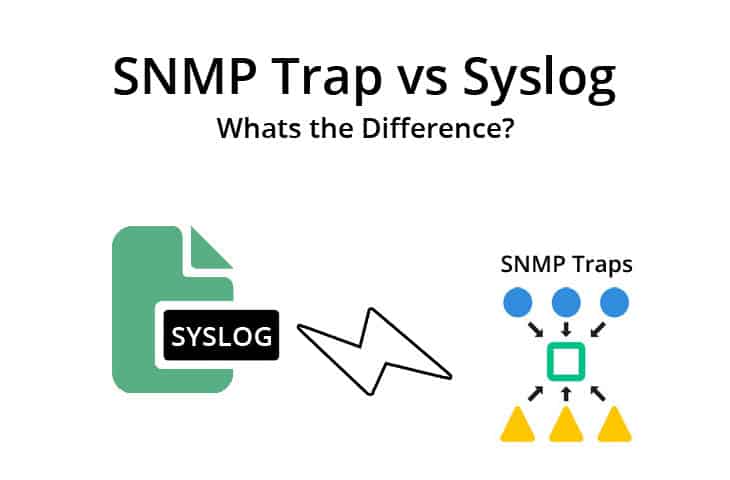

To define your own handlers and change the EXEC statement to your needs or comment it out. Unknown traps will be logged to /var/log/snmptt/snmpttunknown.log. Also the file /root/testsuccessful should be created so our custom handler command was also fired.įrom this point on you should be able to create your own handlers. Now you should now have the logfile /var/log/snmptt/snmptt.log created and filled whith your entry. We can give this all a try by entering the following command (best done from another machine to see it´s working from other hosts, change DESTINATIONIP to match yours): snmptrap - v 1 - c public DESTINATIONIP "" "" 1 1 "" Should show snmpd and snmptrapd are running. To do so edit /etc/snmp/nf and paste the following lines at the end: #ĮVENT test. Now we will create a handler for a test trap. This enables logging all incoming traps to /var/log/snmptt/snmpttunknown.log. Next edit /etc/snmp/snmptt.ini and change unknown_trap_log_enable = 0 This is needed for snmptt to recognize the incoming traps. The ‘-On’ parameter tells snmptrapd to log OID numbers. To TRAPDOPTS = '-On -Lsd -p /var/run/snmptrapd.pid' Installation aptitude install snmp snmpd snmptt ConfigurationĮdit /etc/snmp/nf: # To accept all trapsĪnd change TRAPDOPTS = '-Lsd -p /var/run/snmptrapd.pid' You can also execute a specific command when a trap is received. You can define which incoming traps you want to process and where to log them to (syslog, File, Database).


Group - the data grid group for which the Alert listener will be configured. LoggerName - the name of the logger to be created. AlertFileFilter - the name of Alert filter xml file used to filter Alerts to be logged.The SnmpTrapTransmitter exposes the following configuration parameters: The SnmpTrapTransmitter is generic and can therefore be reused in similar projects without any changes.

Any incoming alerts are written to the commons log. Select the SNMP version from the Add SNMP Settings list. The Address field can contain an IP address or the network interface card (NIC) to use, such as 0. Complete the Address and Port fields in the Listener Settings section. The SnmpTrapTransmitter is a Processing Unit that is responsible for the generic Alert-to-Log bridging, and listens to all alerts in its alert filter file. Select the Enable SNMP Trap Receiver check box.


 0 kommentar(er)
0 kommentar(er)
